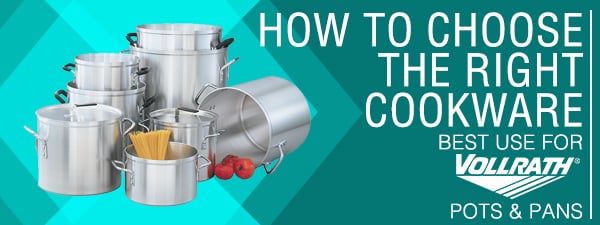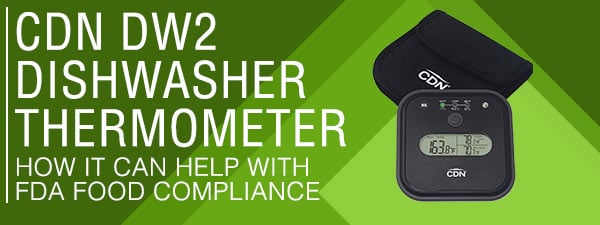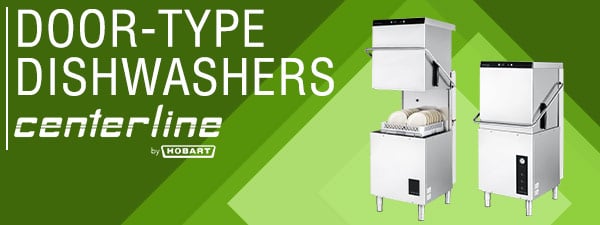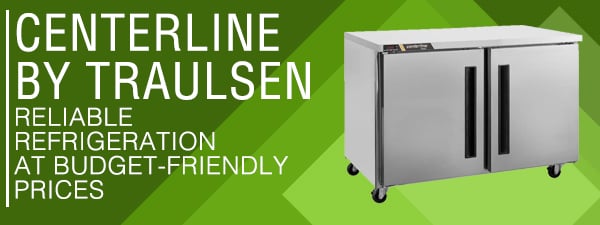The Importance of Creating A Business Plan For Your Restaurant
- May 9, 2016
- 0 Comments

Most people consider the business plan the necessary evil they must do before they can secure financing for their new restaurant or for growth capital. While it is a fund raising tool, a well developed business plan is really much more. Your Business plan is key to setting up a successful concept, and identifying possible issues or liabilities with your concept. Moving forward, your business plan will keep you focused on the right path to success and keeps you accountable.
As you take your restaurant concept and put it to paper in a Business Plan, you will start to identify weakness or holes in your concept. Drafting your business plan forces you to review everything about your concept. It is your opportunity to take an initial restaurant concept,and refine and tweak into a solid successful business plan.
Your Restaurant Business Plan should include at least 11 detailed sections.
1) EXECUTIVE SUMMARY - This is an introduction and statement of purpose
2) COMPANY DESCRIPTION - Brief description of the restaurant’s owners, location with address, and type of building including type of lease or ownership and capitalization, and the source of your funds and amounts.
3) BUSINESS CONCEPT - Write a description of your restaurant including the type of restaurant, the type of food, describe the interior theme, the exterior, including patron access and parking, the type of food served, the hours, any specialties you will be known for, the dining atmosphere, the type of service, the number of seats, any other services offered such as delivery or catered events, and your hours of operation. Include a copy of your actual Menu or proposed menu here. Also include a diagram of the front of house diagram layout and a diagram of the kitchen layout with equipment layouts.
4) MANAGEMENT TEAM – Include here experience bios of your Key Management team such as Owner/Operator, General Manager, Chef, Kitchen Manager, Front of House Manager, Marketing Manager etc. Include here a brief description of your employment agreement contracts and any confidentiality contracts. You will place a copy of the exact agreements in the Appendices Section.
5) MARKET ANALYSIS – The first section of this is an overall industry assessment which should point to real data that should positively affect your business outcome. Include consumer and operation trends. Source your research. Identify your Target Market in this section and describe demographic research done to support the market. Source your research and include data and charts. Include in this section, a Location Analysis which includes demographics of surrounding area and most importantly, the Competitive Analysis. Include surrounding restaurants similar to your restaurant style, or any you feel compete for your target audience.
6) MARKETING STRATEGY – This is a big section as you are starting to get into the nitty gritty details of what you do that will make your operation successful. Start with an overview and then detail out one by one your marketing plans and strategies.
7) OPERATIONS – Again, this section is large. Detail out your day to day operations. Start with an overview, then detailed subsections for staffing, training, daily procedures and processes, customer service plans and processes, Suppliers with details on terms and partnerships, Management Controls and Software such as your POS system, Inventory System, Time and attendance systems and operation checklists. Accounting and Payroll operations. If you need help with any of the above, Rapids Foodservice Contract & Design are available to help you with these plans. Finally, make certain to Include detailed examples or software specs in the Appendices section.
8) INVESTMENT ANALYSIS – Include here your Source of Funds, Capital Contributions from investment and operating members along with a Return on Investment Analysis and Equity Analysis.
9) GROWTH PLAN AND EXIT STRATEGY – Use this section to summarize your Expansion Plans or in other words, how your plan will achieve a successful return on investment for members. Include Exit Options or “Buy Out” options for contributing members.
10) FINANCIAL PROJECTIONS – This section is where the “Rubber meets the Road: and will need to have quite a few sub sections including Project Sources and Use of Cash which is your overall summary, Capital Budget which is a Line Item Sheet that includes Your budgetary Start up Costs. The line items will include equipment and supplies and you show will need to show your work with the sheet attached in the Appendices Section. (how did you arrive at these costs?) for each item. Sales Projections which includes an overall summary and a typical week’s sales Projections Worksheet. Your Hourly Labor Projection including each staff member needed to cover projected sales and their hourly wage and hourly benefit cost. Your Detailed Statement of Income and Cash Flow Year 1 followed by your Summary Statements of Income & Cash Flow Years 1-5. Include a 5 year Return on Investment Projection and then end this section with your Cash Flow Break Even Worksheet.
11) Appendices – Show your work! Include sources and worksheets.
After you have finished with your business plan, it is a good idea to use your business plan to create a calendar and plot your goal timeline. Each month check back with the calendar to make certain your business goals are progressing as planned.
I know it seems like quite a bit of detail, but the devil is in those details. Have no fear, Rapids Contract & Design Team can help bring your culinary creativity to hungry mouths everywhere. If you need a little assistance. Check them out.
















